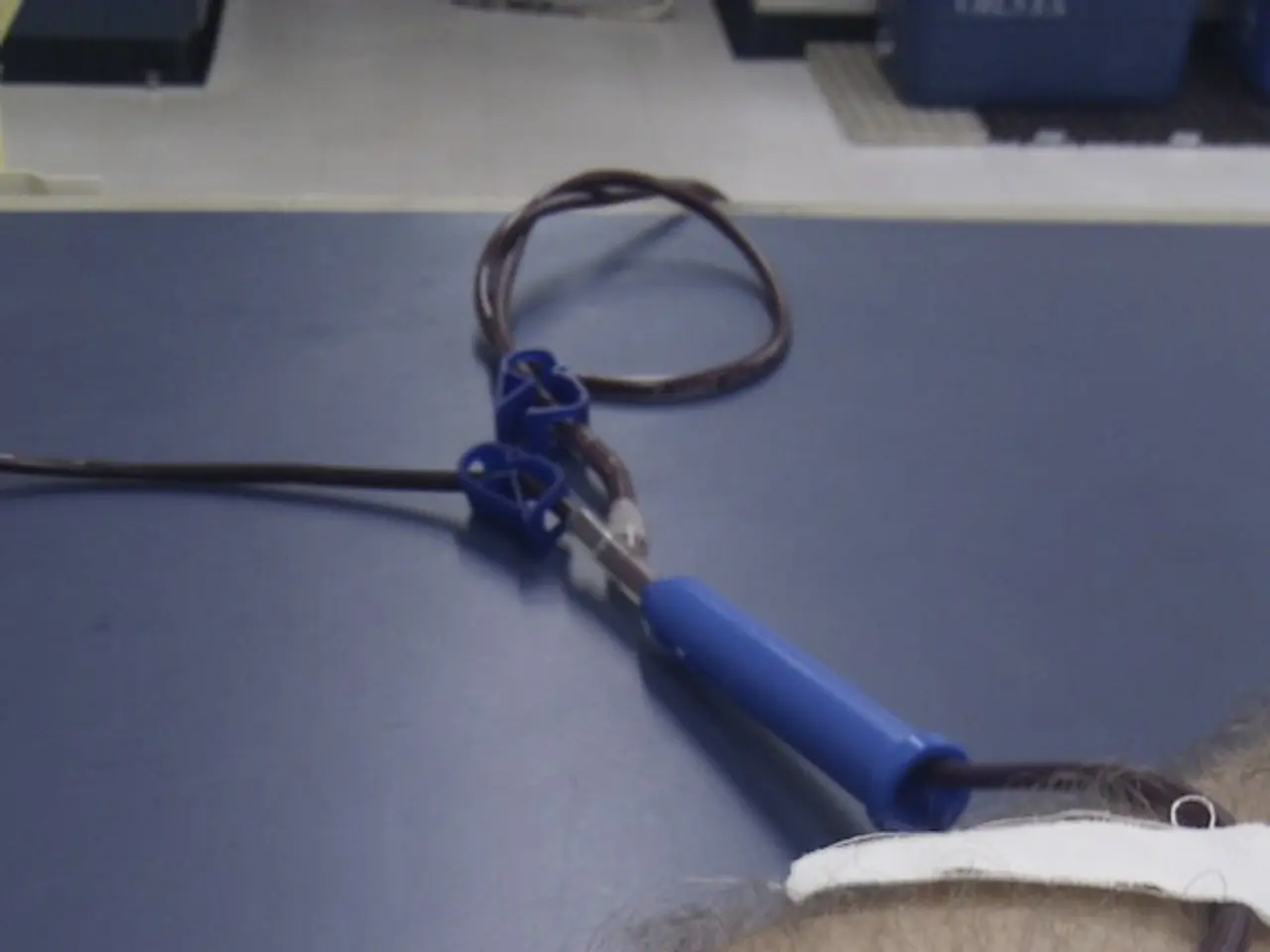Navigating Post-Adderall Letdown: Techniques for Alleviating Crash-Induced Depression Symptoms
An increasing prevalence of Adderall, a prescription medication used primarily for attention deficit hyperactivity disorder (ADHD) and narcolepsy, has sparked concerns over its potential side effects and challenges. While this drug can effectively manage symptoms for those with legitimate medical needs, understanding its risks is crucial. One such risk is the 'Adderall crash,' a post-medication state characterized by significant physical and emotional discomfort.
Understanding the Adderall Crash
The Adderall crash occurs when the drug's effects wear off, leading to a range of symptoms varying in intensity based on factors such as dosage, duration of use, and individual physiology. These symptoms may include extreme fatigue, irritability, difficulty concentrating, increased appetite, anxiety, and physical discomfort. The crash usually lasts from a few hours to several days and can result in a particularly debilitating state known as 'comEDown depression.'
The Depressive Consequences of Adderall
comEDown depression signifies temporary depression associated with the sudden drop in neurotransmitters following the cessation of Adderall's effects. Symptoms may include feelings of sadness or hopelessness, loss of interest in activities, anhedonia, sleep disturbances, and decreased energy. While this type of depression is generally temporary, distinguishing it from clinical depression can be challenging, especially for individuals with a history of mood disorders.
Managing the Physical Symptoms of Adderall Crash
Addressing the physical symptoms of an Adderall crash is essential for overall well-being. Strategies include maintaining proper hydration and nutrition, prioritizing sleep, engaging in moderate exercise, and using natural supplements (always under the guidance of a healthcare provider).
Coping with Emotional and Psychological Effects
Managing emotional and psychological effects is equally important. Strategies include practicing mindfulness and meditation, implementing cognitive-behavioral techniques, seeking social support, and seeking professional help if necessary.
Long-term Adderall Crash Management
Minimizing the frequency and severity of Adderall crashes requires ongoing strategies. These may involve optimizing dosage and timing, adopting healthy lifestyle habits, exploring alternative treatments for ADHD, and maintaining open communication with healthcare providers.
Individuals dealing with the effects of Adderall use can navigate these challenges by staying informed, seeking support, and working closely with healthcare providers to develop personalized management plans. For those assisting loved ones battling addiction and depression, understanding the relationship between stimulant use and mood disorders can provide valuable insights. By focusing on lifestyle adjustments, medical supervision, and behavioral therapies, individuals can work towards achieving optimal mental health and well-being.
References:
- Substance Abuse and Mental Health Services Administration. (2020). Key Substance Use and Mental Health Indicators in the United States: Results from the 2019 National Survey on Drug Use and Health.
- Lakhan, S. E., & Kirchgessner, A. (2012). Prescription stimulants in individuals with and without attention deficit hyperactivity disorder: misuse, cognitive impact, and adverse effects. Brain and Behavior, 2(5), 661-677.
- Weyandt, L. L., Oster, D. R., Marraccini, M. E., Gudmundsdottir, B. G., Munro, B. A., Zavras, B. M., & Kuhar, B. (2014). Pharmacological interventions for adolescents and adults with ADHD: stimulant and nonstimulant medications and misuse of prescription stimulants. Psychology Research and Behavior Management, 7, 223-249.
- Berman, S. M., Kuczenski, R., McCracken, J. T., & London, E. D. (2009). Potential adverse effects of amphetamine treatment on brain and behavior: a review. Molecular Psychiatry, 14(2), 123-142.
- Volkow, N. D., & Swanson, J. M. (2013). Adult attention deficit-hyperactivity disorder. New England Journal of Medicine, 369(20), 1935-1944.
- National Institute on Drug Abuse. (2018). Prescription Stimulants DrugFacts.
- Hyman, S. E. (2010). Addiction: a disease of learning and memory. American Journal of Psychiatry, 167(1), 8-12.
- Faraone, S. V., & Glatt, S. J. (2010). A comparison of the efficacy of medications for adult attention-deficit/hyperactivity disorder using meta-analysis of effect sizes. The Journal of Clinical Psychiatry, 71(6), 754-763.
- The Adderall crash, a post-medication state, can lead to significant physical and emotional discomfort, including extreme fatigue, irritability, difficulty concentrating, increased appetite, anxiety, and physical discomfort.
- comEDown depression, a temporary depression associated with the sudden drop in neurotransmitters following the cessation of Adderall's effects, may exhibit symptoms such as feelings of sadness or hopelessness, loss of interest in activities, anhedonia, sleep disturbances, and decreased energy.
- Managing the physical symptoms of an Adderall crash, such as fatigue and discomfort, can involve strategies like maintaining proper hydration and nutrition, prioritizing sleep, engaging in moderate exercise, and using natural supplements under the guidance of a healthcare provider.
- Coping with emotional and psychological effects, like anxiety and depression, can be achieved by practicing mindfulness and meditation, implementing cognitive-behavioral techniques, seeking social support, and seeking professional help if necessary.
- Long-term management of Adderall crashes may require optimizing dosage and timing, adopting healthy lifestyle habits, exploring alternative treatments for ADHD, and maintaining open communication with healthcare providers.







